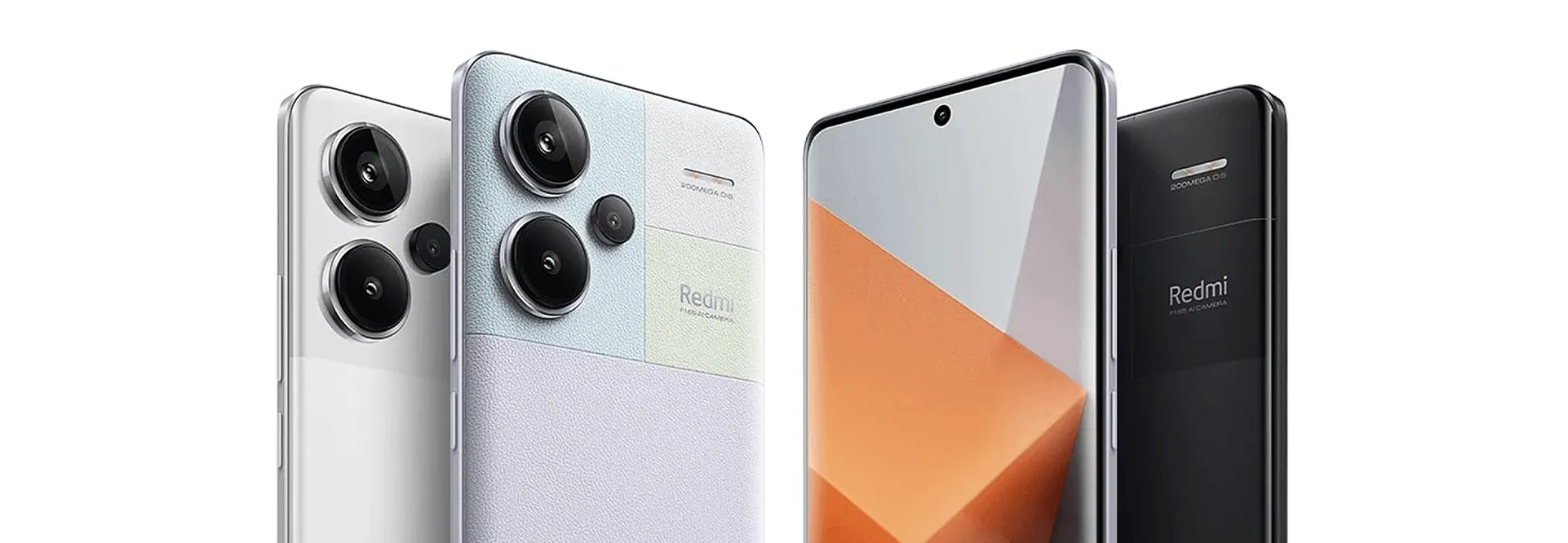Xiaomi 14 and Xiaomi 14 Pro: Next Gen Innovation?
Mondo Admin / 24-11-2023 / Tech
Ready or not, here they come – the new generation of Xiaomi flagships, serving up an enticing sneak peek into what awaits us in the world of smartphones for 2024. As we enter the next generation of cutting-edge power and capabilities, we look at the brand-new Xiaomi 14 and 14 Pro to see how they stack up against the competition.
The fastest flagships
The Qualcomm Snapdragon 8 Gen 3 made its debut on October 24, and just two days later, the Xiaomi 14 and Xiaomi 14 Pro hit the stage in China, flaunting this cutting-edge chipset. These flagships are not just speedy - they're among the fastest smartphones on the market right now, ready to tackle everything from demanding multitasking and graphic-intensive games to on-the-go video editing in real time. There is also talk around the new AI experiences coming to the range, all made possible by the new chipset. From AI-powered webpage summaries and videoconference transcripts to generating AI portraits that place you in various scenes around the world, the AI features are sure to disrupt the smartphone world.
RAM reaches peak levels
Xiaomi is leaving no stone unturned in decking out its flagships with the best features, and that includes a generous serving of RAM and onboard storage. You get 8GB for the Xiaomi 14 and 12GB for the Xiaomi 14 Pro. Storage wise, both devices range from 256GB to 1TB, meaning you’ll have more than enough space for all your apps, games, music, videos and AI photos.
A visual feast
Get ready for one of the brightest displays around. The new Xiaomi 14 range redefines brilliance, delivering an ultra-high-definition visual experience with a mind-blowing 3000 nits of peak brightness. The Xiaomi 14 features 1.5K resolution (2670 x 1200 pixels), while the Xiaomi 14 Pro takes it up a notch with 2K resolution (3200 x 1440 pixels). This means superior clarity and sharpness in text, images and videos without any pixilation in sight.
Both devices have adaptable refresh rates between a power-saving 1Hz and a dynamic 120Hz, vibrant OLED panels and razor-thin bezels for an immersive experience. The Xiaomi 14 has a more pocket-friendly 6.3-inch screen and the 14 Pro offers a larger 6.7-inch.
Get creative behind the camera
In the previous Xiaomi 13 series, the cameras stole the limelight with its impressive trio of shooters. Now, with the Xiaomi 14 and 14 Pro, the camera game reaches new heights with upgraded Leica-branded 50MP main cameras, 75mm floating telephoto cameras and 50MP ultrawide cameras. While they may no longer boast a 1-inch sensor on the main camera like their predecessors, both phones introduce a fresh 1/1.3-inch sensor. This smaller innovative sensor is designed to capture more light without needing to increase physical size.
Although both phones have pretty similar cameras, the main camera on the Xiaomi 14 Pro comes with an adjustable aperture that you can fine-tune in increments from f/1.4 to f/4.0. This hands you the reins to play around with your photos depth of field and shutter speed, giving you more creative freedom to capture moments just the way you envision them.
The battery game is 100%
The capabilities of these flagships are fantastic, but can the battery game keep up? The short answer is 100% yes. The Xiaomi 14 sports a 4610mAh battery with support for up to 90W charging, while its Pro sibling packs a 4880mAh battery with 120W fast charging. Both models support 50W wireless charging, ensuring you stay juiced up for longer.
Hyper ecosystem
The 14 range runs on a new operating system from Xiaomi named HyperOS, which is built on Android but is tailored to unite the expansive Xiaomi ecosystem. This ecosystem spans mobile, computing, automotive and home products. A major focus of the 8 Gen 3 chipset is smooth cross-device compatibility, so it's safe to say we'll witness the new Xiaomi range seamlessly integrate with other devices in the Xiaomi family.
Here’s to 2024
The Xiaomi 14 and Xiaomi 14 Pro are only available in China, but based on previous launches, the duo will likely hit global markets in March 2024. Here’s to a new year of faster processors, brighter displays, AI breakthroughs, more RAM, pioneering cameras, and batteries that never quit.





